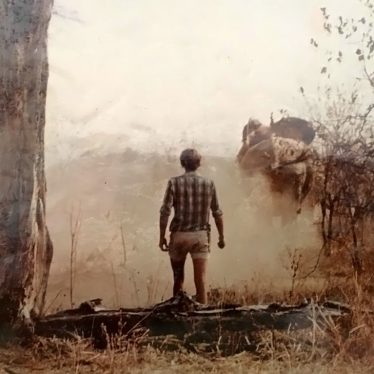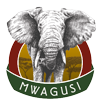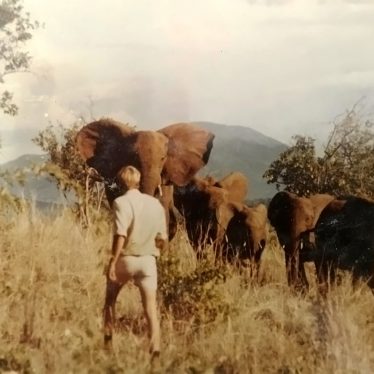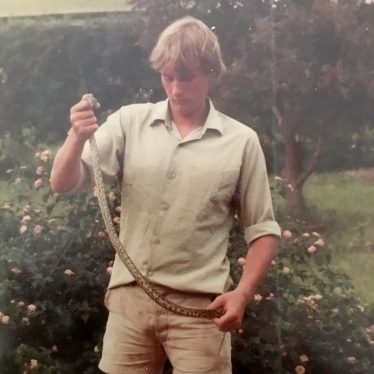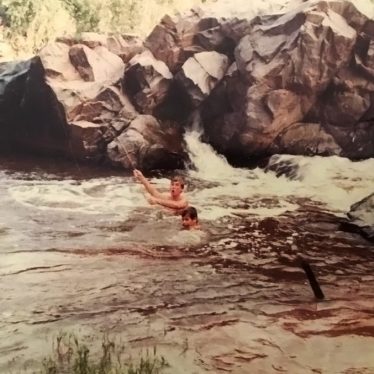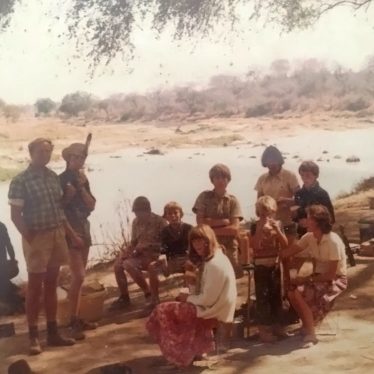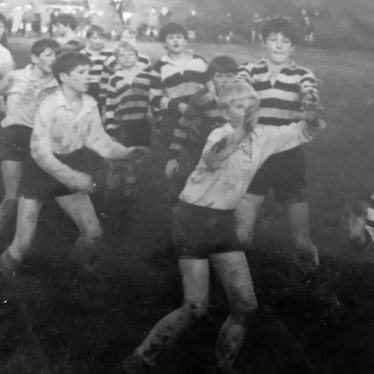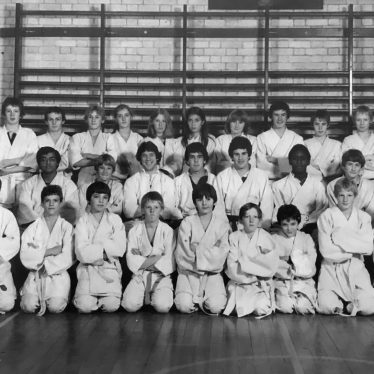As children in the late 1960’s and into the 1970’s, we grew up in the southern highlands of Tanzania amongst an ‘old school’ community of expatriate tea planters, many of whom indulged in hunting, shooting and fishing in their spare time. On Tuesday afternoons, we would often wind up at the Luisenga Fishing Lodge overlooking a trout dam in the midst of the tea plantations, listening to tales of walking safaris, adventure and derring-do.
Several times over the years there would be talk of an old bull elephant, whose tusks were so long and heavy that they frequently left deep grooves in the ground. This living relic had been stalked by many an experienced tracker, but to no avail. Each time, despite painstaking days of careful pursuit through scorching dry and arid bush, the old bull would frustratingly simply disappear.Tea planters Alex Boswell and Trevor Walker both claimed to have approached him at very close range; so had the late Bill Moore-Gilbert, a game ranger at Manyoni, who dreamed of selling the tusks to pay for his children’s school fees. They all guessed that this wily old tusker somehow got away every time by slipping away into the impenetrable Itigi thickets.
Then, one day in 1971, Ruaha warden John Savidge received Intelligence of a lorry heading out from Pawaga village loaded with very heavy tusks. He and his rangers gave chase and caught up with it just before the town of Iringa. In the back, they discovered a massive pair of tusks.
The hunter, an Iringa policeman, produced a valid licence, but Savidge insisted that he take him to the remains of the carcass. Savidge seized the tusks and asked Alan Rodgers, the Game Department biologist, to come up from Dar to assist with the investigation. Over several weeks, the policeman showed them several more carcasses, but the skulls were all too small. He couldn’t exactly remember where he had shot the elephant.
